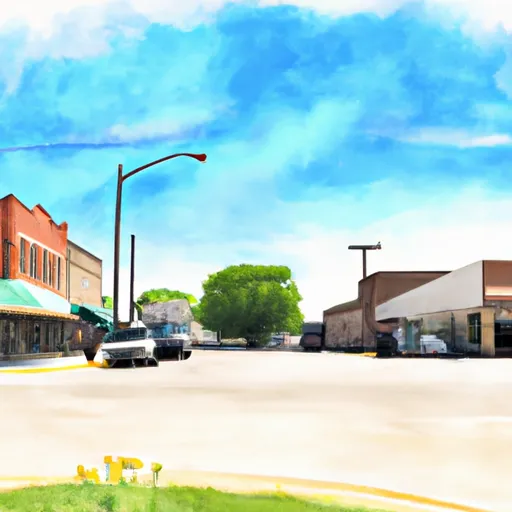°F
°F
mph
Windspeed
%
Humidity











Maple-City, Kansas is a small town located in the Midwestern United States. The climate in Maple-City is classified as a humid continental climate, characterized by hot summers and cold winters. Summers are typically warm with temperatures often reaching the high 80s°F (30s°C), while winters can be quite cold with temperatures dropping below freezing.
The hydrology constituents of Maple-City are primarily influenced by the nearby Walnut River. The river provides a valuable water source for the town and supports a variety of aquatic life. Additionally, the surrounding area features several small streams and ponds, contributing to the overall hydrological makeup of the region.
Outdoor recreation opportunities in Maple-City are plentiful. The Walnut River offers excellent fishing and boating experiences, with species like catfish and bass being popular catches. The town is also surrounded by picturesque countryside, making it an ideal destination for hiking, camping, and wildlife observation. Maple-City is home to several parks and recreational areas that provide amenities such as picnic areas, playgrounds, and sports fields, offering residents and visitors various opportunities for outdoor activities and relaxation.
Weather Forecast
Maple-City receives approximately 956mm of rain per year, with humidity levels near 81% and air temperatures averaging around 15°C. Maple-City has a plant hardyness factor of 6, meaning plants and agriculture in this region thrive during a short period during spring and early summer. Most plants will die off during the colder winter months.
Regional Streamflow Levels
357
Cubic Feet Per Second
1,490
Cubic Feet Per Second
24
Cubic Feet Per Second
176
Cubic Feet Per Second
Nearby Camping
| Camping Area | Reservations | Toilets | Showers |
|---|---|---|---|
| Meeker Lake | |||
| Stroud Municipal Lake | |||
| McFadden Cove - Kaw Lake | |||
| Heart of Oklahoma Exposition Center | |||
| Bell Cow Lake and Equestrian | |||
| Osage Cove - Kaw Lake |



